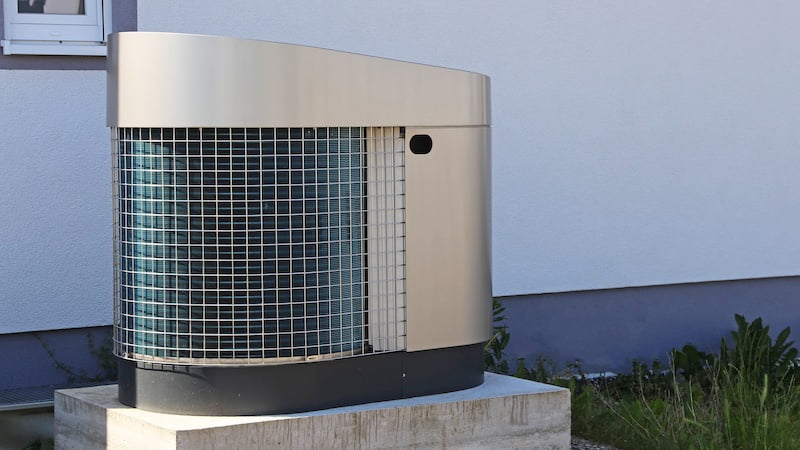
A heat pump can also be worthwhile in an old building. This is the result of an analysis by Stiftung Warentest. The consumer organization has taken a closer look at some modern devices.
There is currently a heated debate surrounding the topic of sustainability. Because the federal government has declared war on fossil fuel heating systems. The goal: From 2024, new buildings must be equipped with heating systems that use at least 65 percent renewable energy. But for many, switching to alternatives does not seem attractive yet.
Because there are some reservations about heat pumps. The technology uses electricity from the socket and heats the surrounding air using a sophisticated circulation system. Up to now it has always been said that heat pumps are only worthwhile for modern, well-insulated buildings. Stiftung Warentest now tested this theory and tested various air-water models.
Where do the reservations about heat pumps come from?
But where does the rejection of heat pumps for older houses come from? A main problem is usually that old buildings are still significantly less well insulated. As a result, heat can escape from the structure in many places. In a figurative sense, homeowners heat from the window or roof.
In the past, this was a problem, especially with heat pumps. The systems use household electricity to heat the ambient air and distribute it throughout the house. If a building is not adequately insulated, electricity consumption can increase exorbitantly. A heat pump seems to be too expensive and too inefficient for many potential buyers.
Also in Albau: heat pumps are impressive in the test
But that has now changed. The test by Stiftung Warentest made it clear that all of the tested devices can heat a single-family home without any problems. At the same time, the efficiency of the technology has continued to increase. However, there are still differences in power consumption. The most efficient model achieved a consumption of 5,000 kilowatt hours per year, while other devices sometimes required 20 percent more electricity.
There are also differences in the refrigerant used. Some manufacturers still rely on the potentially climate-damaging agent R32, even though a better alternative, propane, already exists. When it came to volume, four out of six models achieved a quality rating of “good”. Installing heat pumps in old buildings can be worthwhile and, in addition to possible cost savings, also brings with it a better ecological footprint.
Also interesting:
Source: https://www.basicthinking.de/blog/2023/10/02/waermepumpen-altbau/


